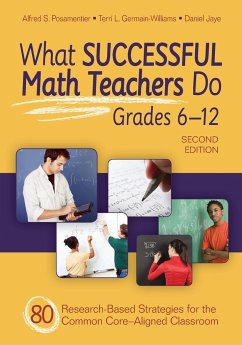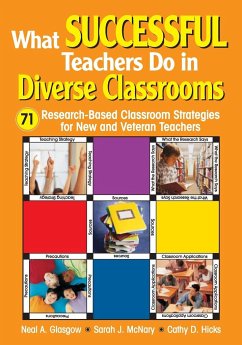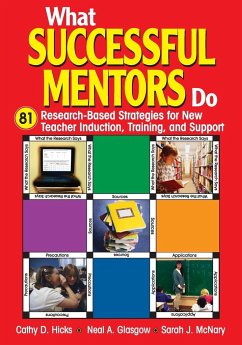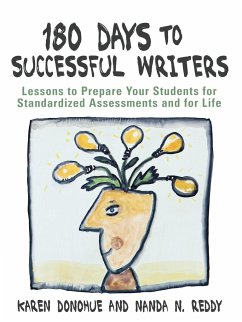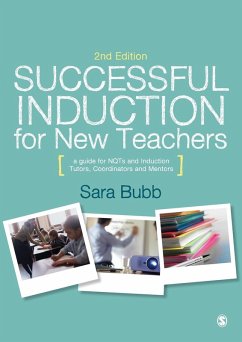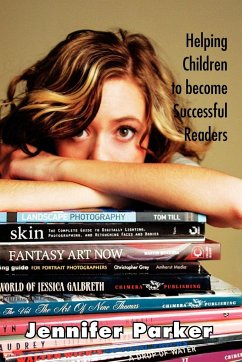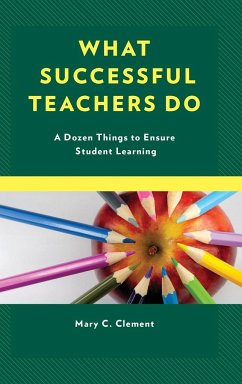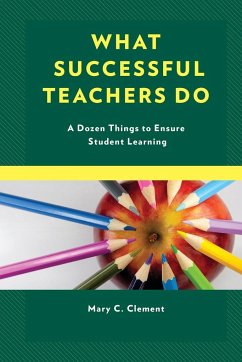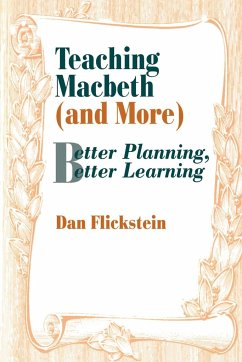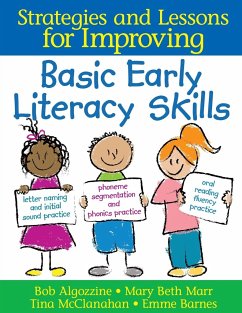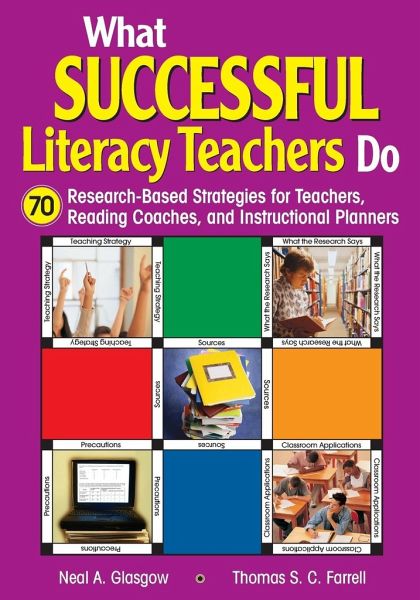
What Successful Literacy Teachers Do
70 Research-Based Strategies for Teachers, Reading Coaches, and Instructional Planners
Versandkostenfrei!
Versandfertig in 1-2 Wochen
34,99 €
inkl. MwSt.

PAYBACK Punkte
17 °P sammeln!
Presents easy-to-implement literacy strategies covering phonics, phonemics, and decoding; vocabulary, spelling, and word study; fluency, comprehension, and assessment; and technology, special learners, and family literacy.





